Just add mushrooms: Making meals more nutritious
Understanding the nutritional impact of adding a serving of mushrooms on usual intakes and population nutrient adequacy using NHANES 2011-2016 data

IMAGE: NEW RESEARCH FINDS THAT ADDING A MUSHROOM SERVING TO THE DIET INCREASED THE INTAKE OF SEVERAL MICRONUTRIENTS, INCLUDING SHORTFALL NUTRIENTS SUCH AS VITAMIN D, WITHOUT ANY INCREASE IN CALORIES, SODIUM... view more
CREDIT: MUSHROOM COUNCIL
February 1, 2021 - Researchers have identified another good reason to eat more mushrooms. New research , published in Food Science & Nutrition (January 2021) found that adding a mushroom serving to the diet increased the intake of several micronutrients, including shortfall nutrients such as vitamin D, without any increase in calories, sodium or fat.
Dr. Victor L. Fulgoni III and Dr. Sanjiv Agarwal modeled the addition of mushrooms to National Health and Nutrition Examination Survey (NHANES) 2011-2016 dietary data looking at a composite of white, crimini and portabella mushrooms at a 1:1:1 ratio; one scenario including UV-light exposed mushrooms; and one scenario including oyster mushrooms for both 9-18 years and 19+ years of age based on an 84g or ½ cup equivalent serving.
Key findings include:
- Adding an 84g serving of mushrooms increased several shortfall nutrients including potassium and fiber. This was true for the white, crimini and portabella 1:1:1 mix and the oyster mushrooms.
- The addition of a serving (84 g) of mushrooms to the diet resulted in an increase in dietary fiber (5%-6%), copper (24%-32%), phosphorus (6%), potassium (12%-14%), selenium (13%-14%), zinc (5%-6%), riboflavin (13%-15%), niacin (13%-14%), and choline (5%-6%) in both adolescents and adults; but had no impact on calories, carbohydrate, fat or sodium.
- When commonly consumed mushrooms are exposed to UV-light to provide 5 mcg vitamin D per serving, vitamin D intake could meet and slightly exceed the recommended daily value (98% - 104%) for both the 9 -18 year and 19+ year groups as well as decrease inadequacy of this shortfall nutrient in the population.
- A serving of UV-light exposed commonly consumed mushrooms decreased population inadequacy for vitamin D from 95.3% to 52.8% for age group 9-18 years and from 94.9% to 63.6% for age group 19+ years.
"This research validated what we already knew that adding mushrooms to your plate is an effective way to reach the dietary goals identified by the DGA ," said Mary Jo Feeney, MS, RD, FADA and nutrition research coordinator to the Mushroom Council. "Data from surveys such as NHANES are used to assess nutritional status and its association with health promotion and disease prevention and assist with formulation of national standards and public health policy (CDC, 2020)."
Mushrooms are fungi - a member of the third food kingdom - biologically distinct from plant and animal-derived foods that comprise the USDA food patterns yet have a unique nutrient profile that provides nutrients common to both plant and animal foods. Although classified into food grouping systems by their use as a vegetable, mushrooms' increasing use in main entrees in plant-forward diets is growing, supporting consumers' efforts to follow food-based dietary guidance recommendations to lower intake of calories, saturated fatty acids, and sodium while increasing intake of under-consumed nutrients including fiber, potassium and vitamin D. Often grouped with vegetables, mushrooms provide many of the nutrient attributes of produce, as well as attributes more commonly found in meat, beans or grains.
According to the USDA's FoodData Central , 5 medium raw, white mushrooms (90g) contain 20 calories, 0g fat, 3g protein and are very low in sodium (0mg/<1% recommended daily value). Few foods naturally contain vitamin D, and mushrooms are unique in that they are the only food in the produce aisle that contain vitamin D. Specifically, one serving of raw, UV-exposed, white (90g) and crimini (80g) mushrooms contains 23.6mcg (118% RDA) and 25.52mcg (128% RDA) of vitamin D, respectively.
Mushrooms are one of the best dietary sources of sulfur-containing antioxidant amino acid ergothioneine and tripeptide glutathione Ergothioneine and glutathione contents in mushrooms depends upon the mushroom varieties, and oyster mushrooms contain more amounts of these sulfur-containing antioxidants than commonly consumed mushrooms: white button, crimini, or portabella mushrooms. The addition of a serving of commonly consumed mushrooms and oyster mushrooms would be expected to add 2.24 and 24.0 mg ergothioneine, respectively, and 3.53 and 12.3 mg glutathione, respectively, to the NHANES 2011-2016 diets based on published literature values.
At this time, the USDA FoodData Central database does not include analytical data on ergothioneine. However, the Mushroom Council is currently supporting research to analyze mushrooms for bioactives/ergothioneine for possible inclusion in USDA FoodData Central database.
More Research from the Mushroom Council Still to Come
With mushrooms growing in awareness and consideration among consumers nationwide, in 2019, the Mushroom Council made a $1.5 million multi-year investment in research to help broaden understanding of the food's nutritional qualities and overall health benefits.
In addition to the analysis of mushrooms for bioactives/ergothioneine for inclusion in USDA FoodData Central database, additional research projects approved include:
- Health promoting effects of including mushrooms as part of a healthy eating pattern.
- Mushrooms' relationship with cognitive health in older adults.
- Mushrooms' impact on brain health in an animal model.
- Nutritional impact of adding a serving of mushrooms to USDA Food Patterns.
Since 2002, the Council has conducted research that supports greater mushroom demand by discovering nutrient and health benefits of mushrooms. Published results from these projects form the basis for communicating these benefits to consumers and health influencers.
###
For more nutrition information, recipes and links to other Mushroom Council-funded studies, visit mushroomcouncil.org.
The intake data from NHANES are self-reported which rely on memory and are therefore subject to reporting bias. The results presented are based on modeling to evaluate the maximum effect of adding mushrooms and may not reflect actual individual dietary behavior; however, such modeling offers a technique to test potential nutritional impact of dietary guidance.
About the Mushroom Council
The Mushroom Council is composed of fresh market producers or importers who average more than 500,000 pounds of mushrooms produced or imported annually. The mushroom program is authorized by the Mushroom Promotion, Research and Consumer Information Act of 1990 and is administered by the Mushroom Council under the supervision of the Agricultural Marketing Service. Research and promotion programs help to expand, maintain and develop markets for individual agricultural commodities in the United States and abroad. These industry self-help programs are requested and funded by the industry groups that they serve. For more information, visit mushroomcouncil.org.
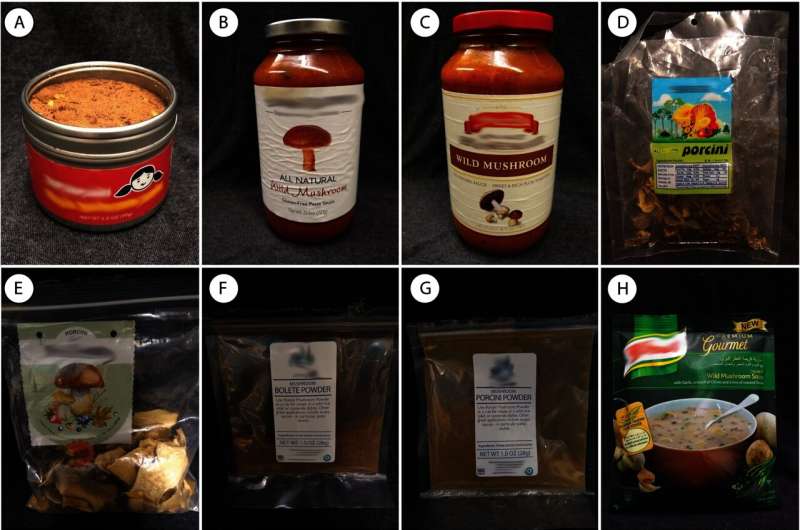
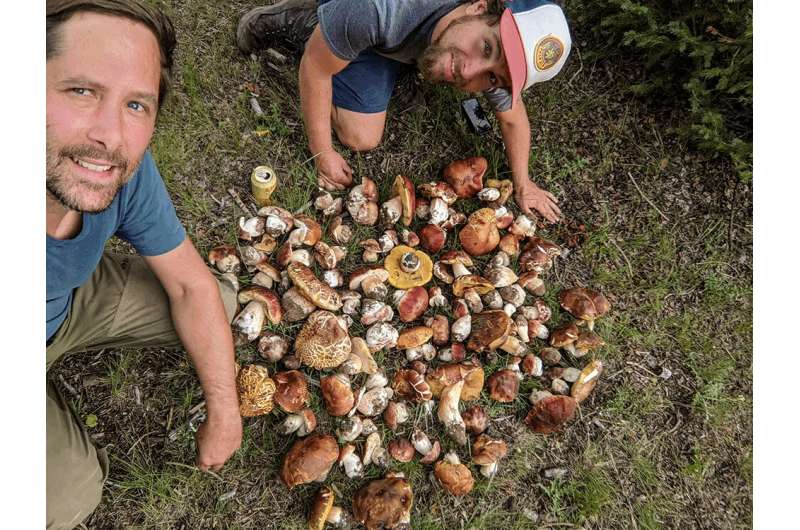
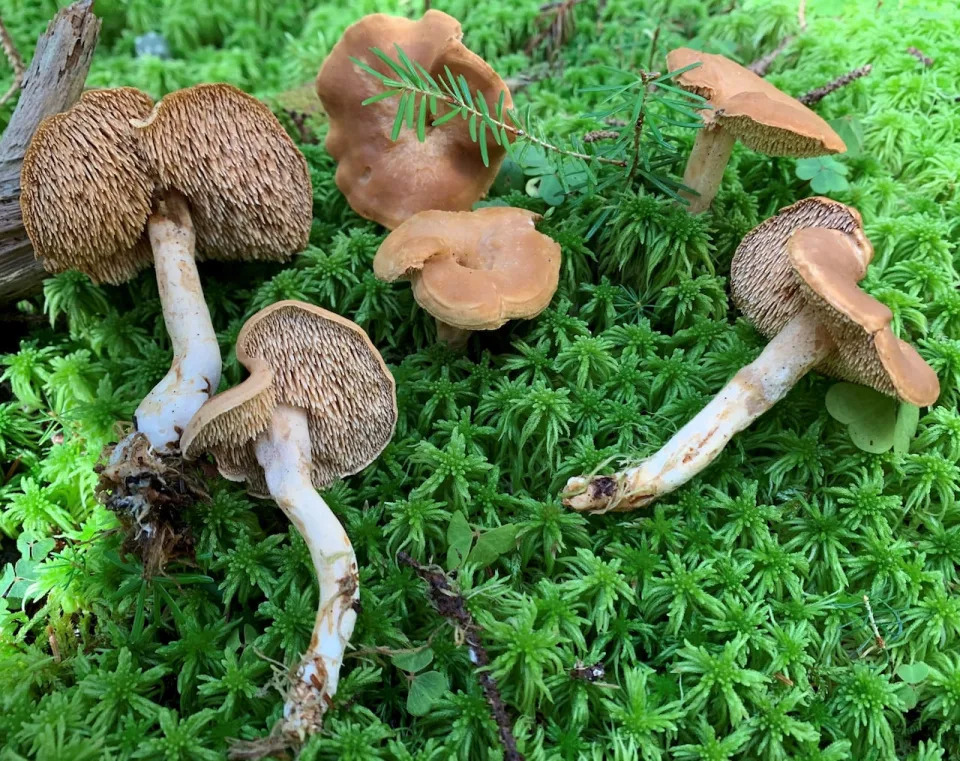
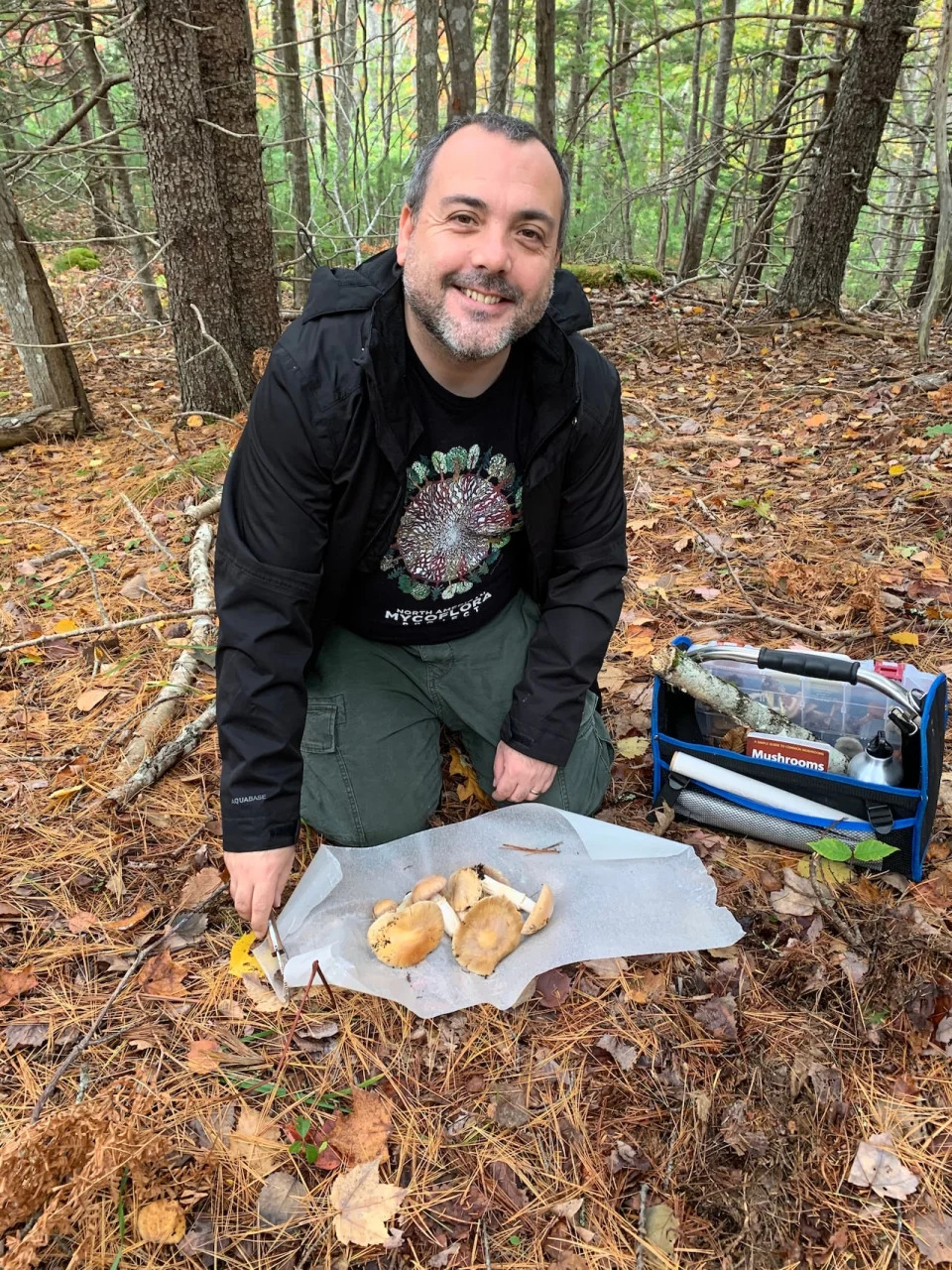
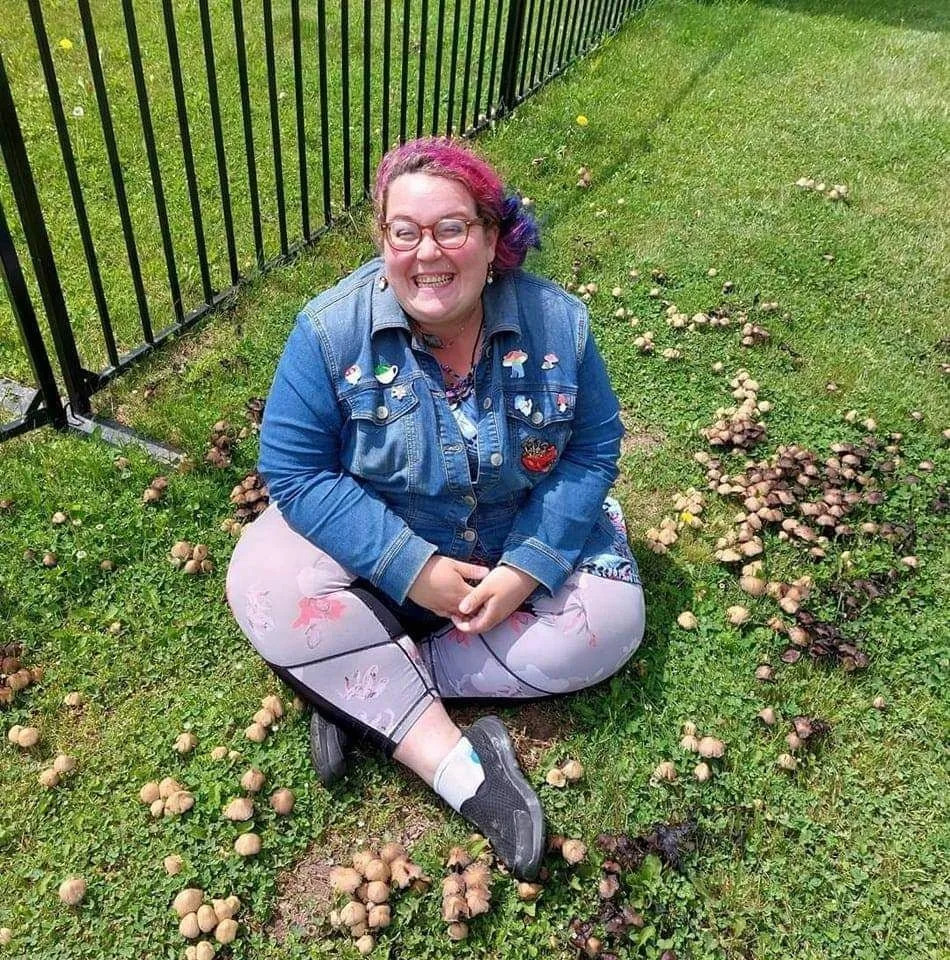
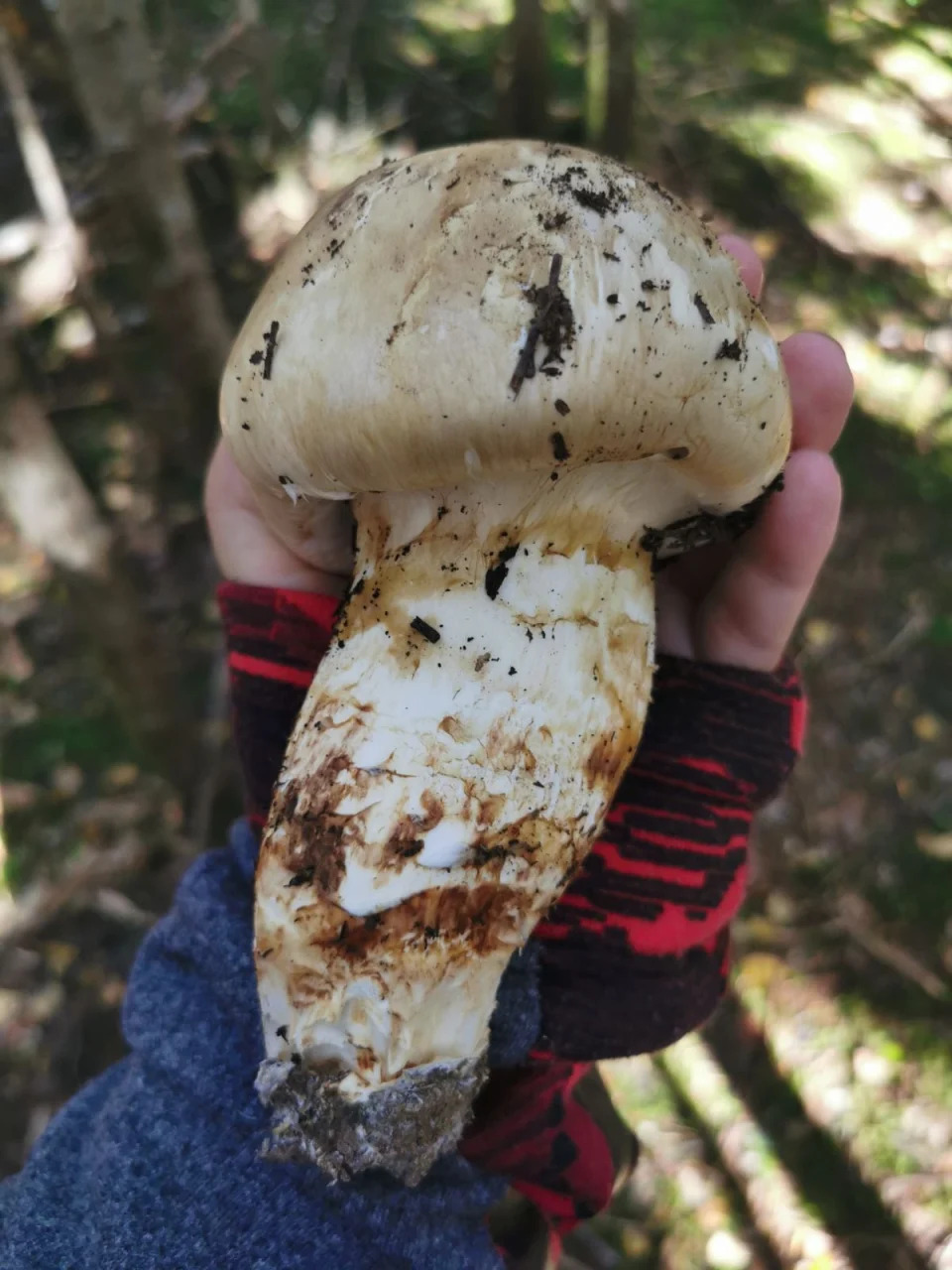
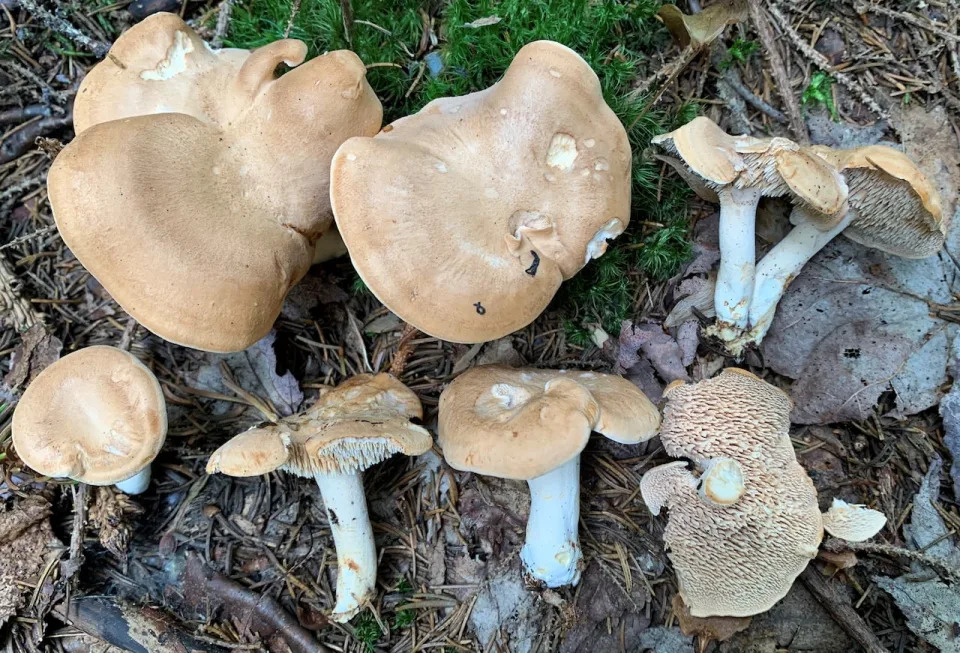
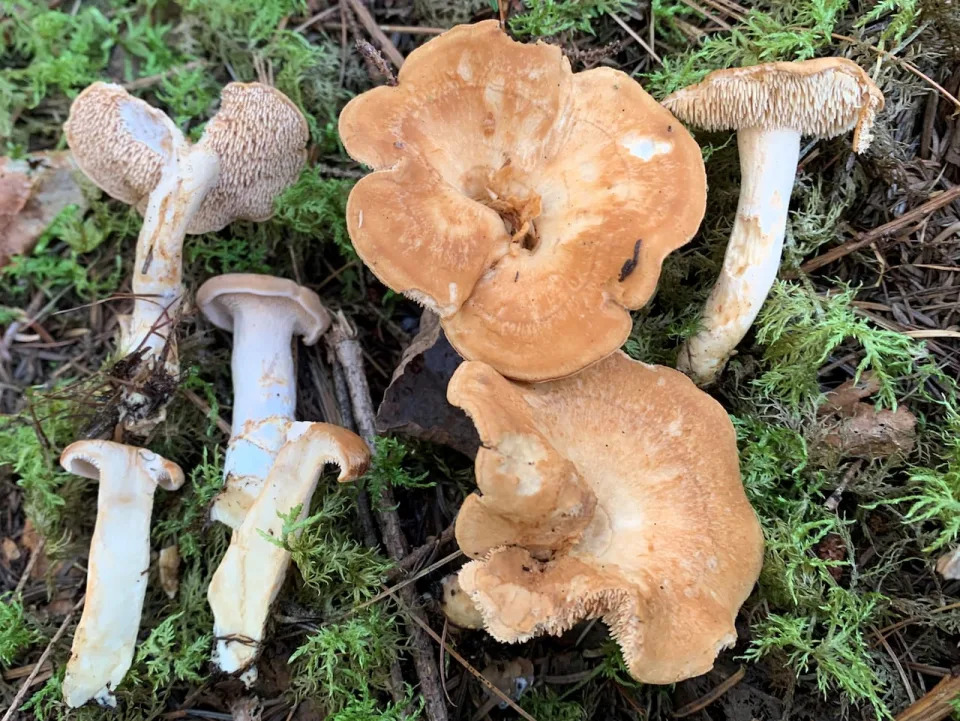
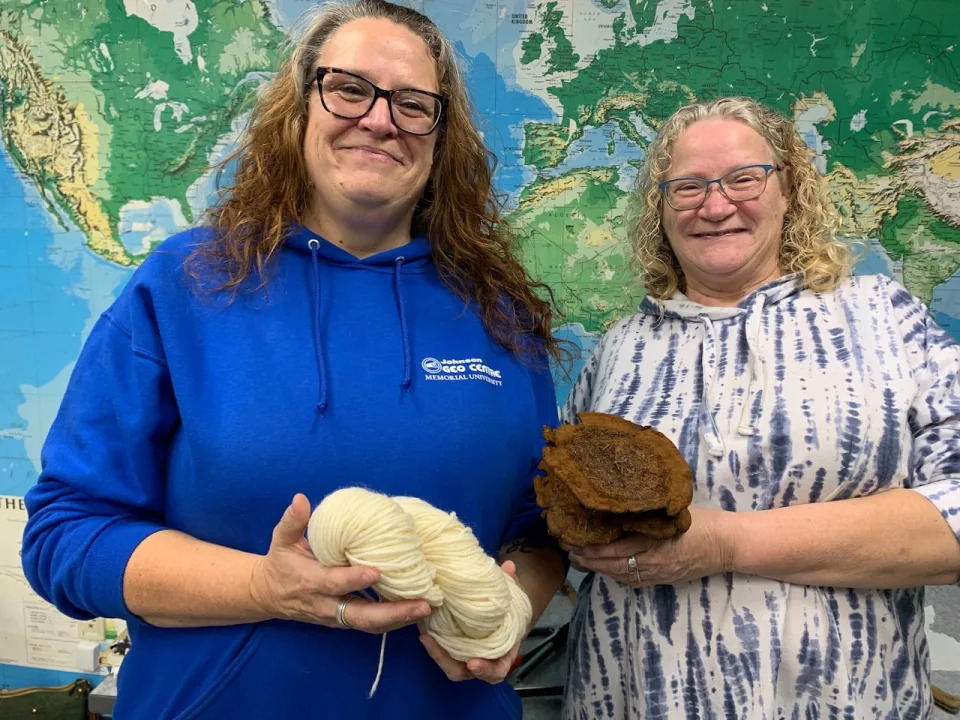
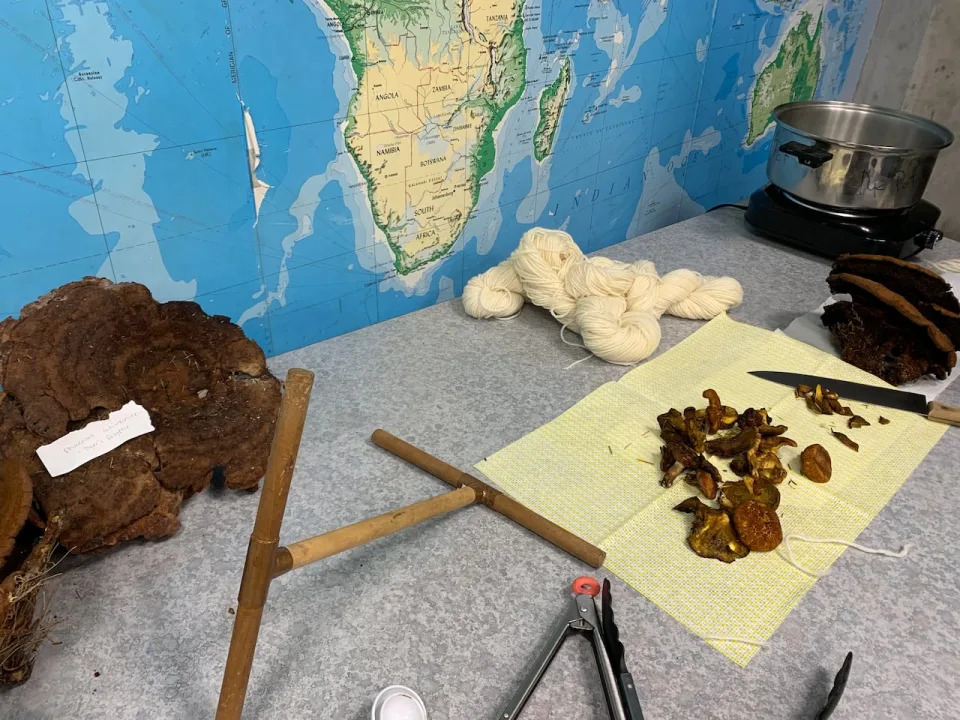
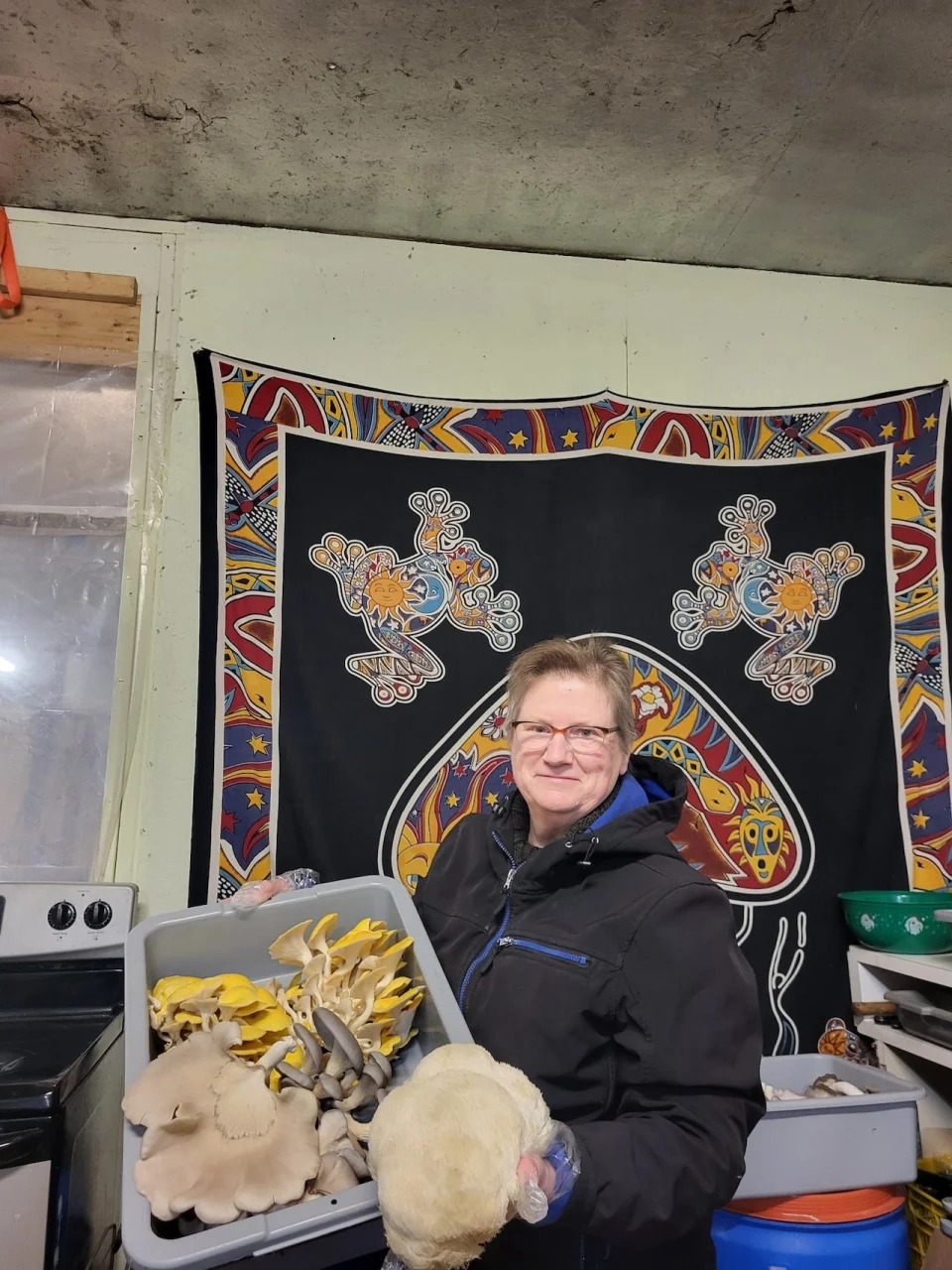
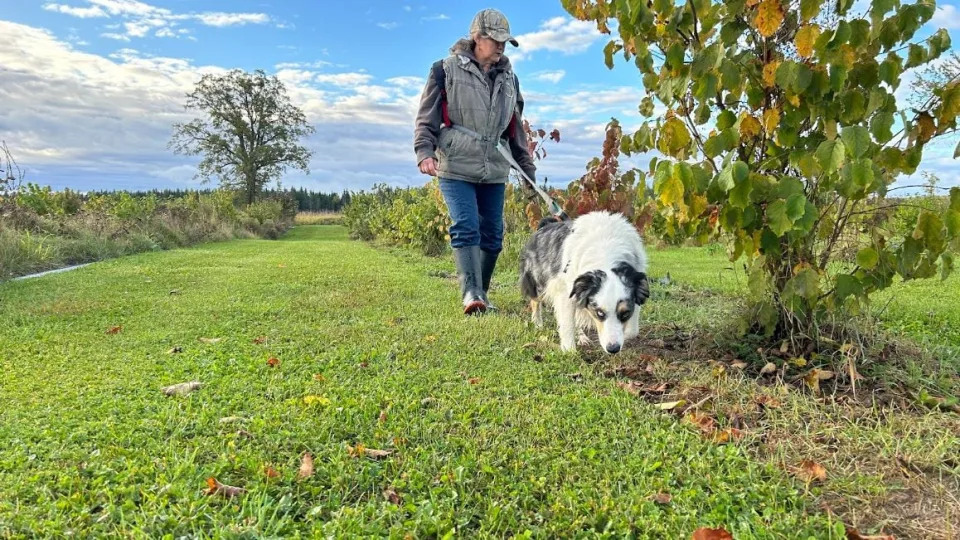
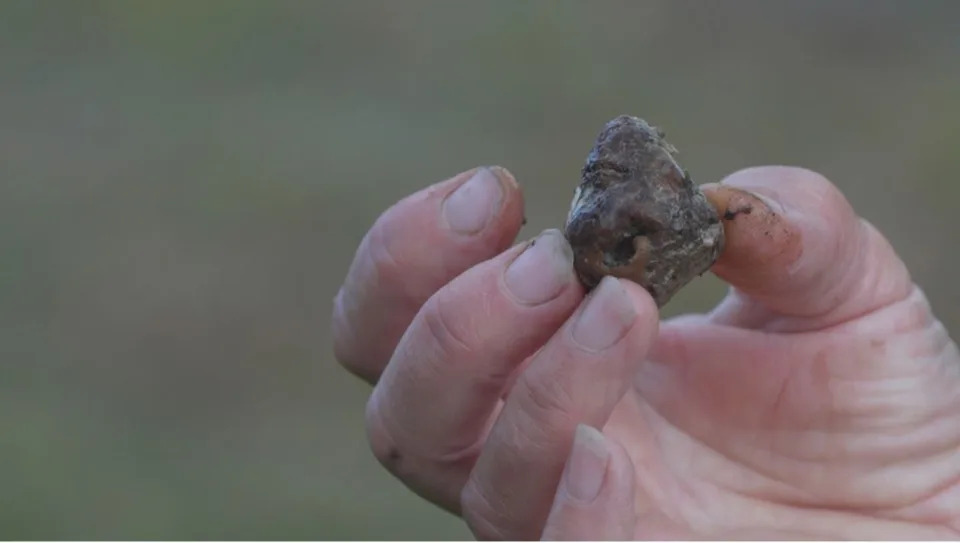
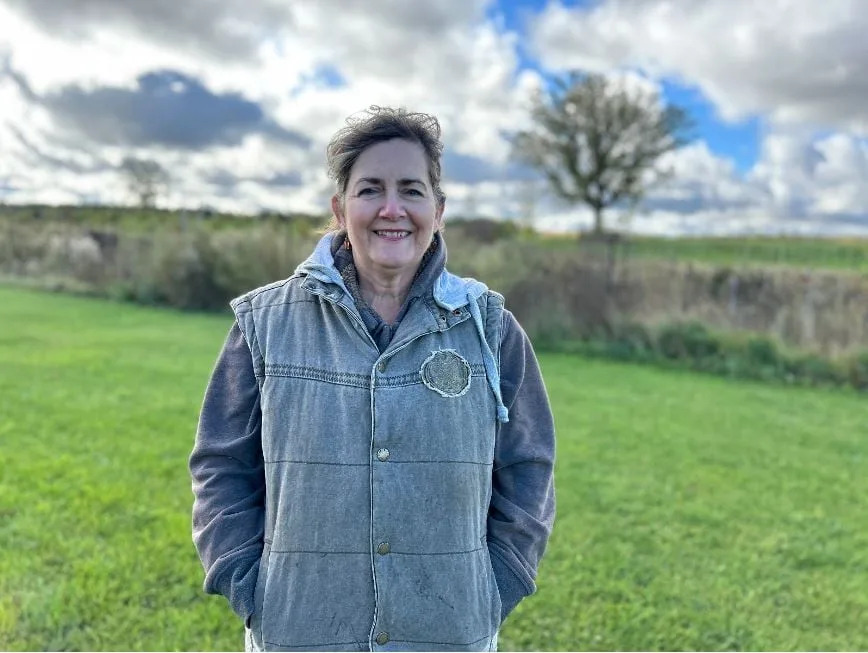
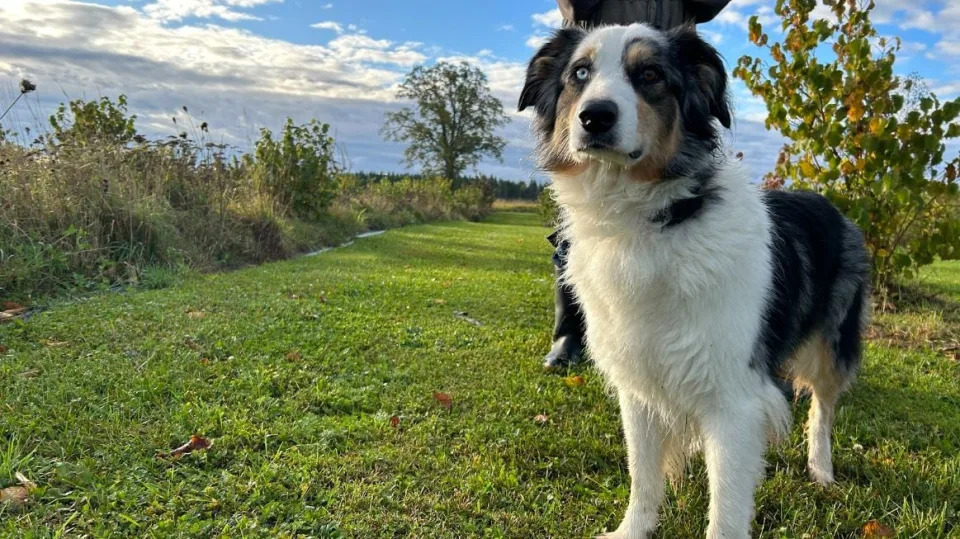




/https://www.thestar.com/content/dam/thestar/business/2021/12/18/bruce-lintons-next-big-bet-magic-mushrooms/david.jpg)